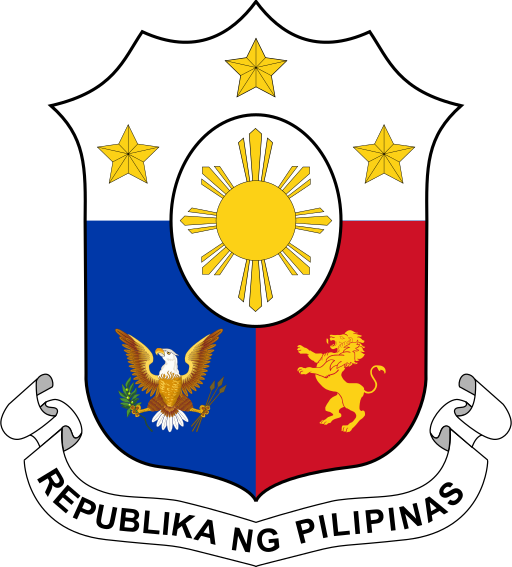
Central, Hong Kong -- DBM Secretary Benjamin Diokno presented the Philippines’ economic outlook and investment opportunities to European, Italian, and other Hong Kong-based businessmen and investors in a forum organized by the Italian Chamber of Commerce on “Investing and Doing Business in the Philippines.”
In his presentation, Secretary Diokno emphasized the Philippines’ strong macroeconomic fundamentals and positive growth outlook.
According to Secretary Diokno, the current status of the Philippine economy indicates the following: “resilient growth; modest inflation though slightly elevated in 2018; moderate fiscal deficit supporting effective government spending and sustainability to meet debt obligations; ample liquidity continuing to support economic activity; a sound and stable banking system; and a strong external position,” proving that despite global and domestic challenges, “the Philippine economy has gone a long way in cementing its resilience and building buffers over the years.”
With 6.7% GDP growth rate in 2017, the Philippines continues to be one of “fastest growing countries in the world,” Secretary Diokno said. The benefits of such growth is widespread, with remarkable growth acceleration in the regions. In fact, nine regions grew faster than the National Capital Region (NCR) or Metro Manila in 2017.
Secretary Diokno expects the growth trajectory to remain positive, with a target of 7.0 – 8.0% from 2018 to 2022. This is to be achieved through an expansionary fiscal policy and a host of other economic reforms, which include the Ease of Doing Business law, the Comprehensive Tax Reform Program, the proposed Rice Tariffication law, the easing of foreign restrictions on Philippine Industries, and the Budget Modernization Program.
Finally, the budget chief highlighted how investor confidence has remained positive, with the Philippines maintaining its “investment grade” rating by major Credit Rating Agencies. He also cited the Philippines’ successful return to the Samurai bond market and its inaugural issue of Panda bonds—“the first ASEAN sovereign to do so”—as evidence of strong investor confidence.
In 2017, the net foreign direct investments (FDIs) flow to the Philippines was at US$ 10.05 billion. This is twice the average FDIs in the country from 2011 to 2016, which was around US$ 4.7 billion.
From January to June this year, the Philippines has attracted US$ 5.7 billion in foreign direct investments, up by 42.4% year-on-year from the same period last year.
“There is a strong likelihood that we will exceed last year’s record-breaking US$10 billion in FDIs,” the Secretary noted.
(30)
For inquiries, further questions and requests for interview, please contact Marianne Ongjuco:
Email:Mobile: +63918-944-8109

